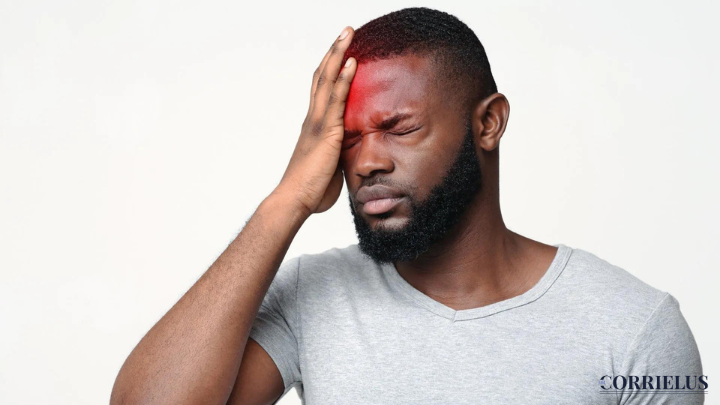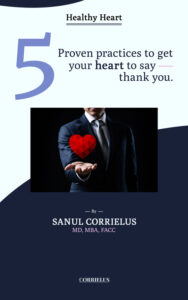Do you feel dizziness and a racing heart whenever you suddenly stand up? Does it make your vision blurry? Well, you are not alone in this situation — and no it doesn’t always indicate a lack of iron in your system.
Well, this condition usually occurs when you’re sitting or laying down. Most of your blood travels to the lower part of your body. As a result, when you rise suddenly, your body starts circulating the blood at a higher pace, and your heart starts beating hastily. The minute lack of blood explains the dizziness.
This condition is scientifically termed as Postural Orthostatic Tachycardia Syndrome (POTS). This article has presented an awareness regarding this syndrome and how to tackle it. Read on to know more.
What is Postural Orthostatic Tachycardia Syndrome?
Postural Orthostatic Tachycardia Syndrome or POTS is a condition affecting the blood flow. It works alongside the autonomic nervous system (which is responsible for automatically controlling and regulating vital systems) as well as the sympathetic nervous system (which is responsible for activating the fight or flight response).
POTS is a type of orthostatic intolerance, the development of symptoms that show up when you’re standing up from a reclined position. This may be instantly relieved by sitting or lying back down. The initial symptoms of orthostatic intolerance are lightheadedness, discomfort, fainting, and a rapid, uneasy increase in heartbeat.
Regardless of your posture — your heart rate and blood pressure work simultaneously and cohesively to keep the blood flowing at a healthy pace. And individuals with POTS are not able to coordinate with the balancing act of blood vessel squeeze and heart rate response. This indicates that the blood pressure can’t be kept steady and stable.
What are the Symptoms of POTS?
The symptoms of POTS can be frightening and uncomfortable. People suffering from POTS can be suffering from more than two of the listed symptoms.
- High blood pressure/low blood pressure.
- High/low heart rate; racing heart rate.
- Chest pain.
- Dizziness/lightheadedness especially when standing up, during prolonged standing, or on long walks.
- Fainting or near-fainting.
- Shakiness/tremors especially with adrenaline surges.
- Discoloration of feet and hands.
- Exercise intolerance.
- Excessive or lack of sweating.
- Diarrhea and/or constipation.
- Exhaustion/fatigue.
- Abdominal pain and bloating nausea.
- Temperature de-regulation (hot or cold).
- Nervous, jittery feeling.
- Forgetfulness and trouble focusing (brain-fog).
- Blurred vision.
- Headaches and body pain/aches (may feel flu-like); neck pain.
- Sleep disturbances such as insomnia, chest pain, racing heart rate during sleep, as well as excessive sweating.
How Can We Treat POTS?
There’s no permanent cure for POTS, but treatment can help with your symptoms.
- Medication. Depending on your doctor’s recommendation, you may be prescribed Fludrocortisone (in addition to more salt and water), Midodrine, Phenylephrine, or a type of medicine called Beta-Blocker to help improve your blood flow.
- Compression Stockings. These promote blood flow up — from the lower extremities to your heart. You’ll need compression sleeves that provide 30 to 40 minutes of compression and cover your waist or at least your thighs. Consult your doctor to acquire a pair.
- Diet. The salt and water in your body maintain fluids and increase the level of blood in your body. Eat pickles, olives, nuts, and salted broths to increase blood flow and moisture. Smaller, more frequent meals should feature a balance of vegetables, fruits, and dairy products.
- Exercise. It might be hard to stay active when you have POTS, but even light exercise such as walking or simple yoga can help you with blood flow and keep your heart healthy.
- Lifestyle. If you get tired often, you may not always have the energy to take care of yourself. So, learn how to take your blood pressure readings and adopt a healthier lifestyle.
- Sleep. Try to stick to a proper sleep schedule. In addition to raising the headset of your bed, you may also consider rising from a lying position as quickly as possible.
A Word from the Doctor
POTS can be difficult to tackle, but with the right guidance, treatment, and support, anything is possible.
If you need further help, contact me right away!



